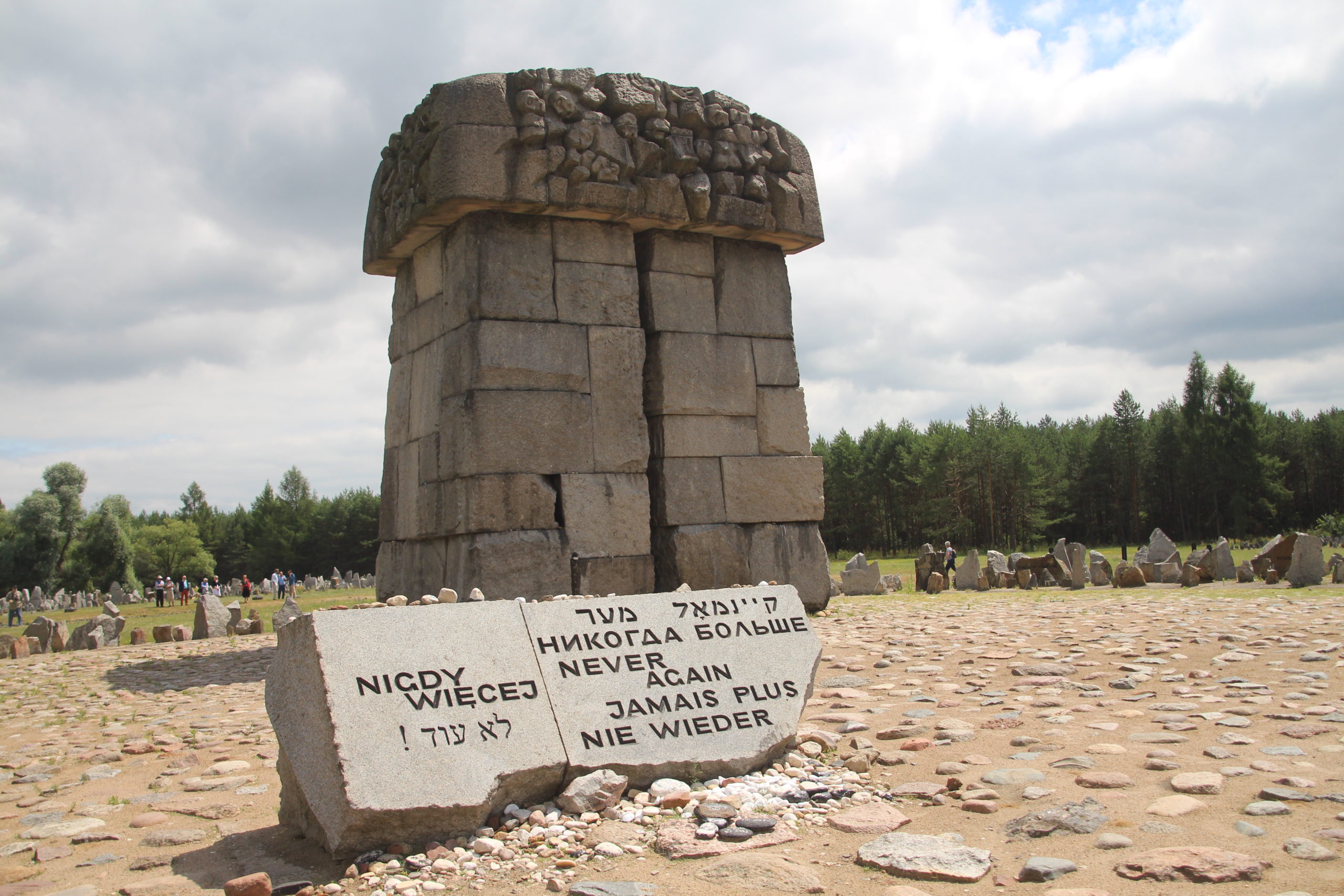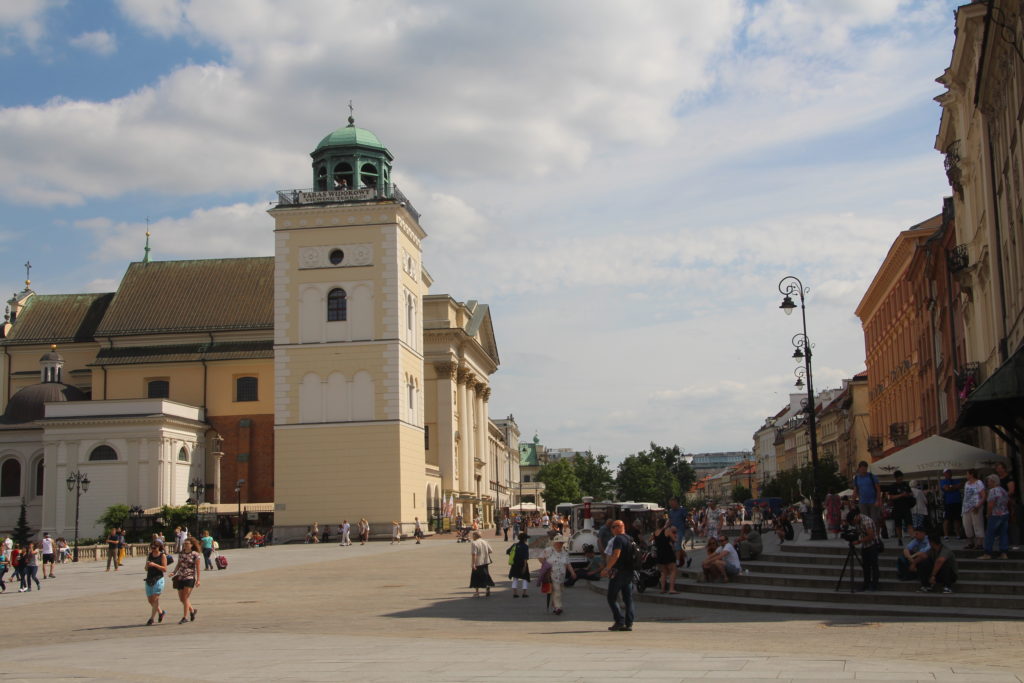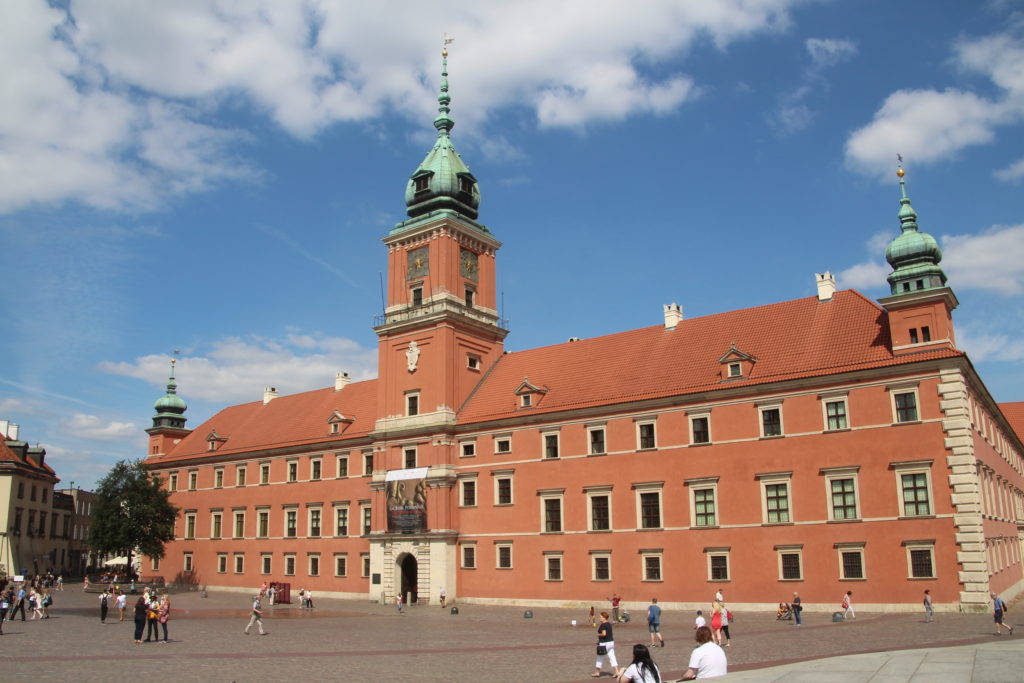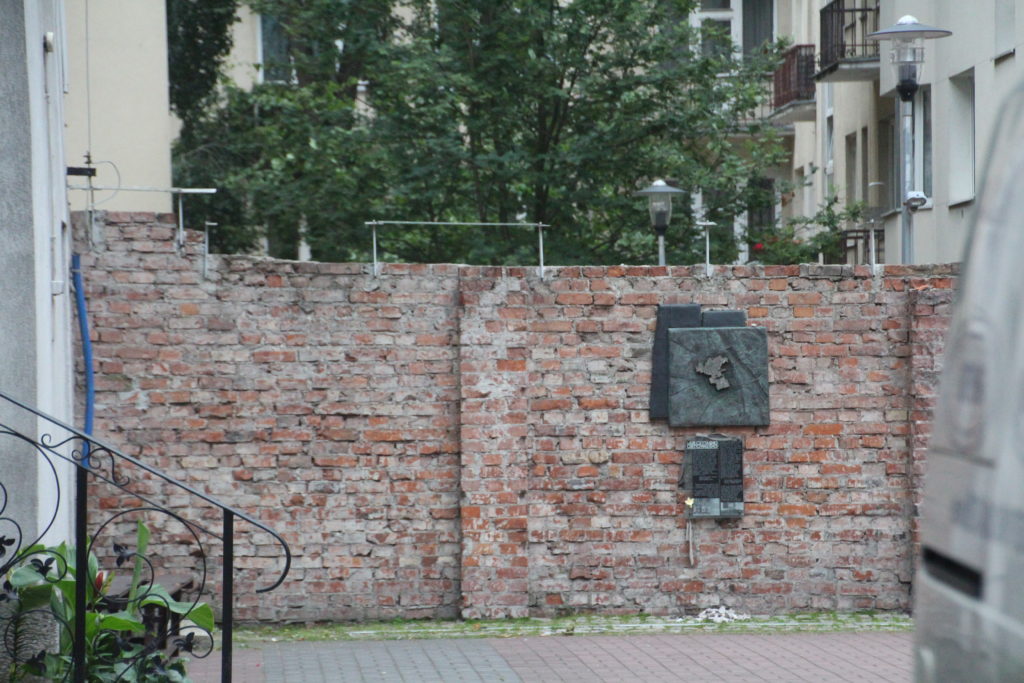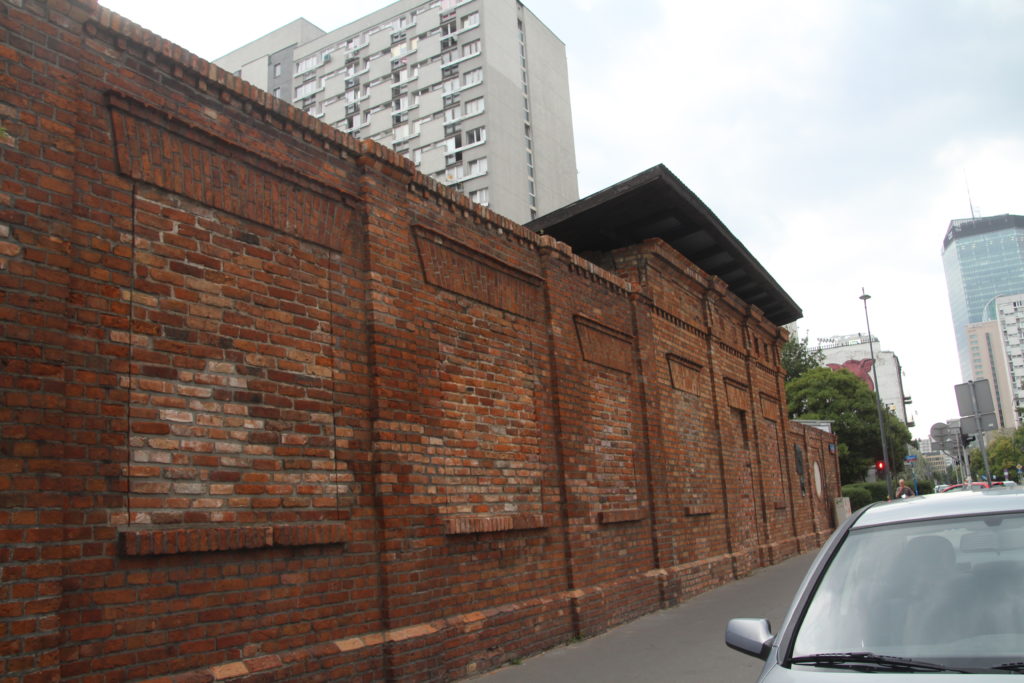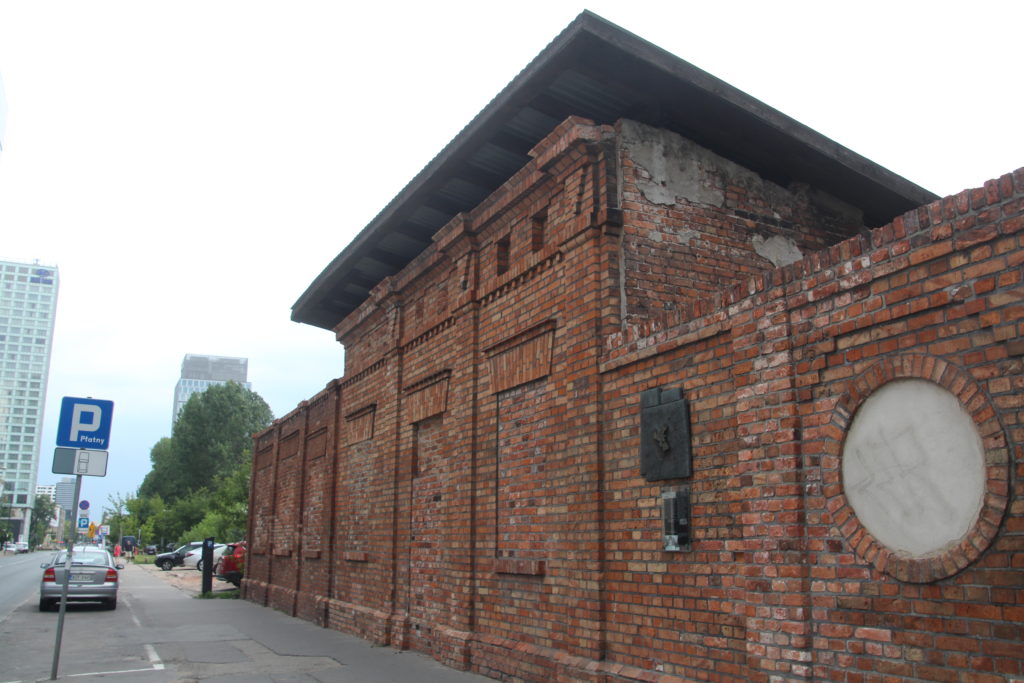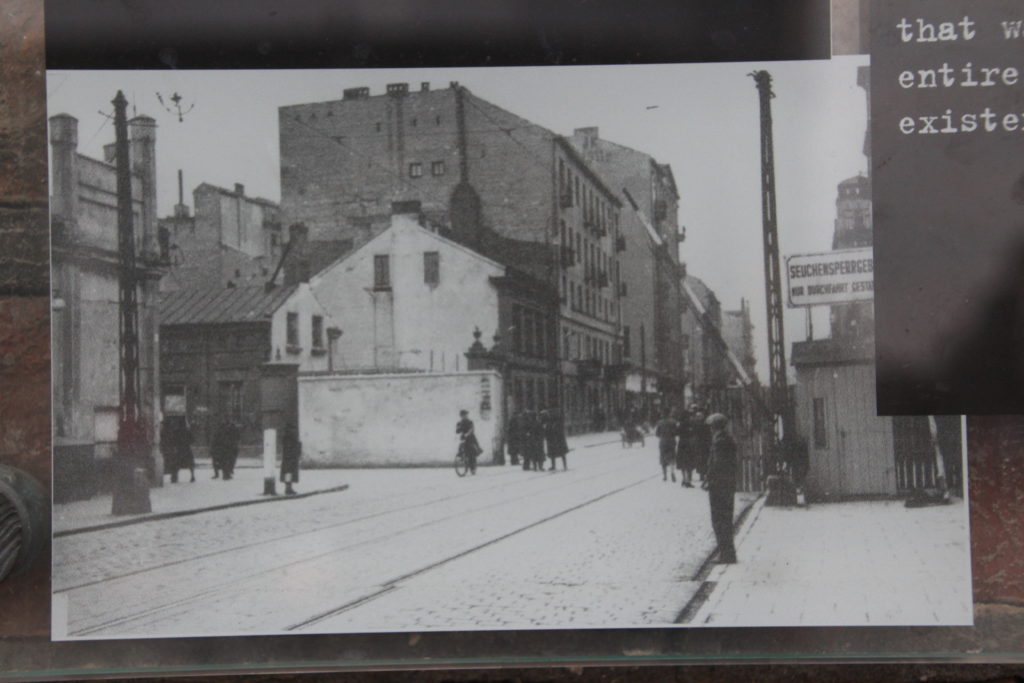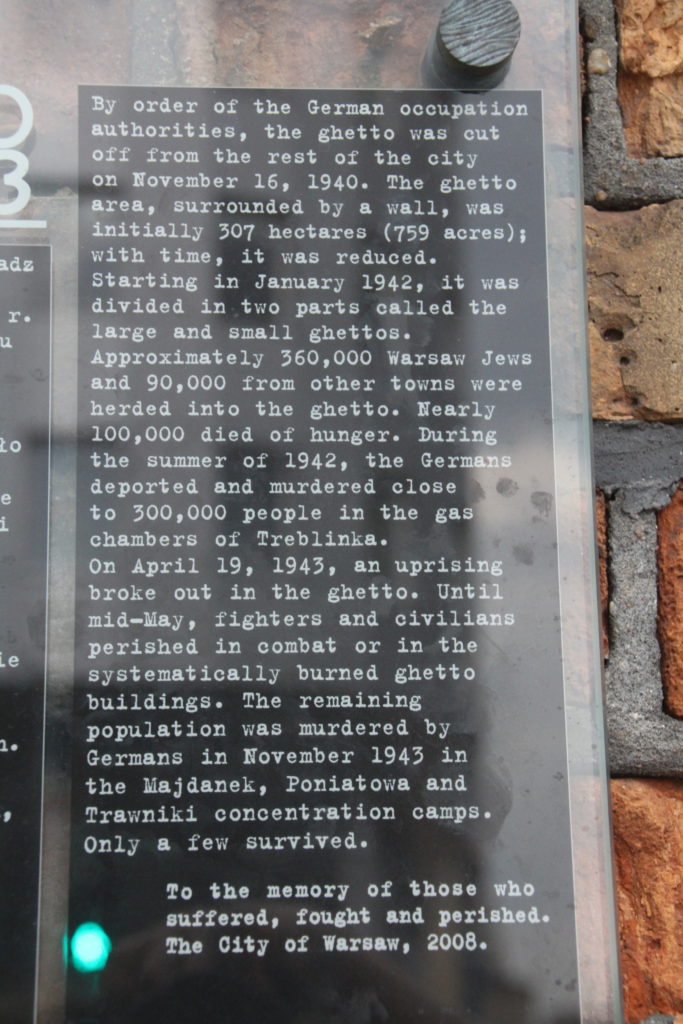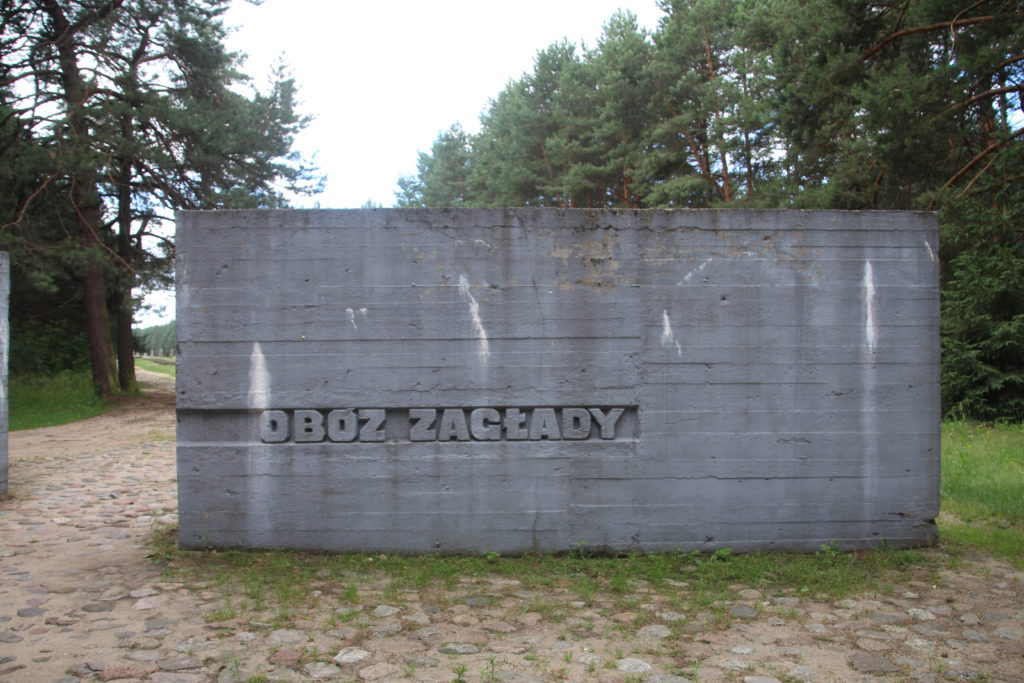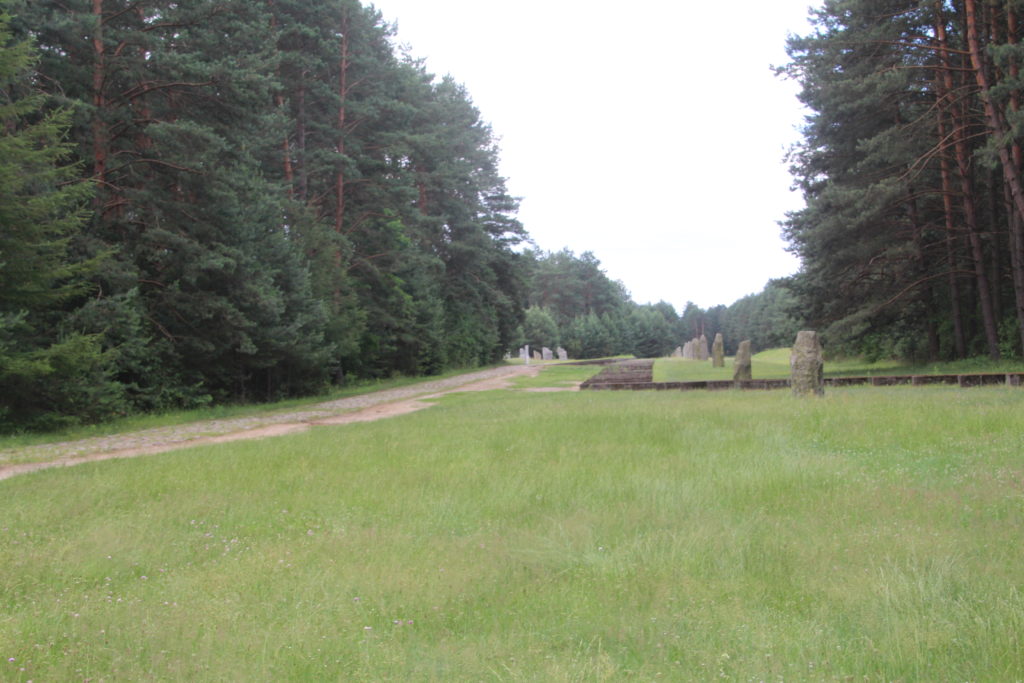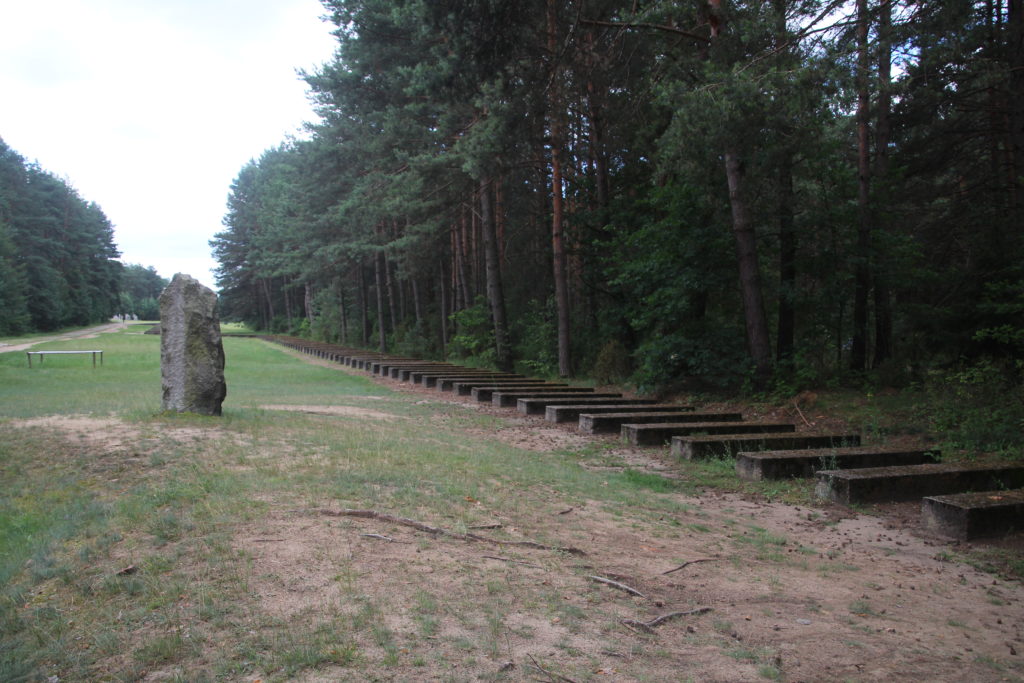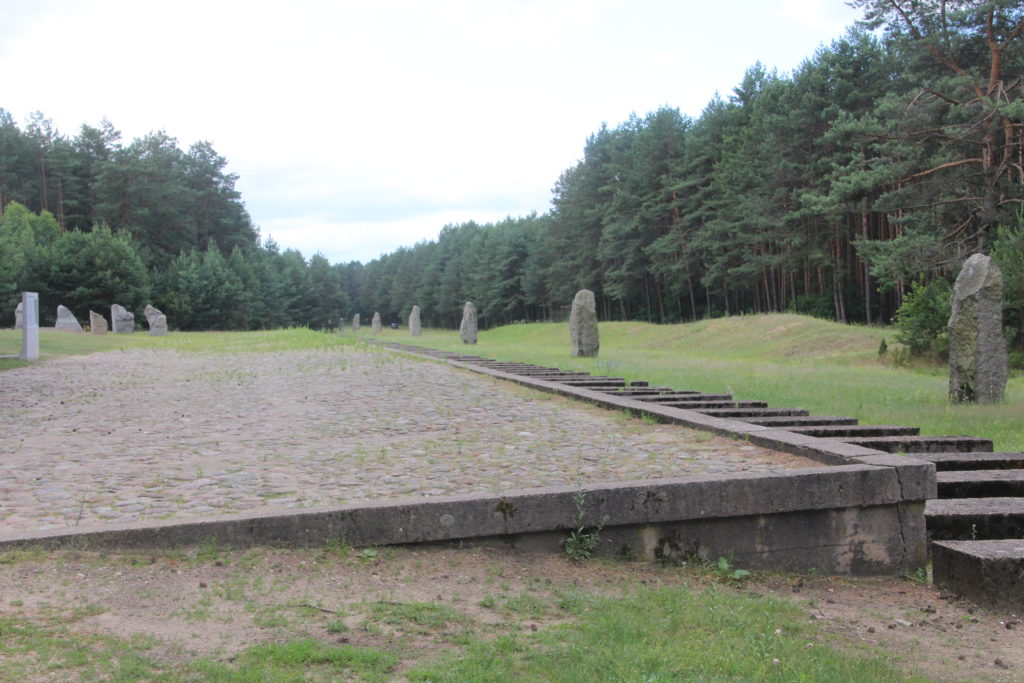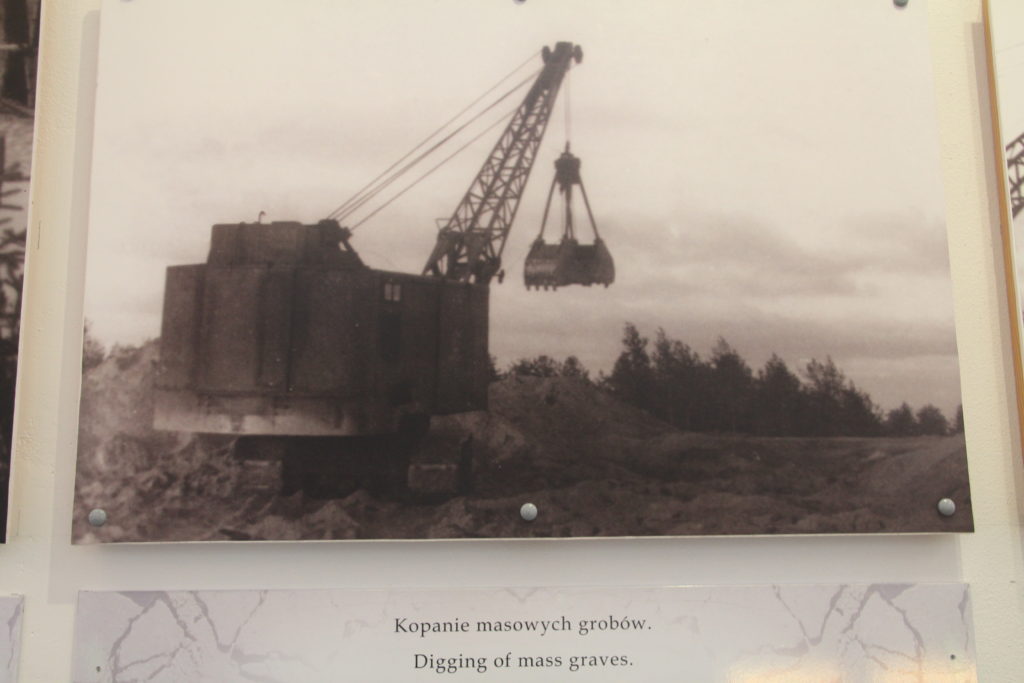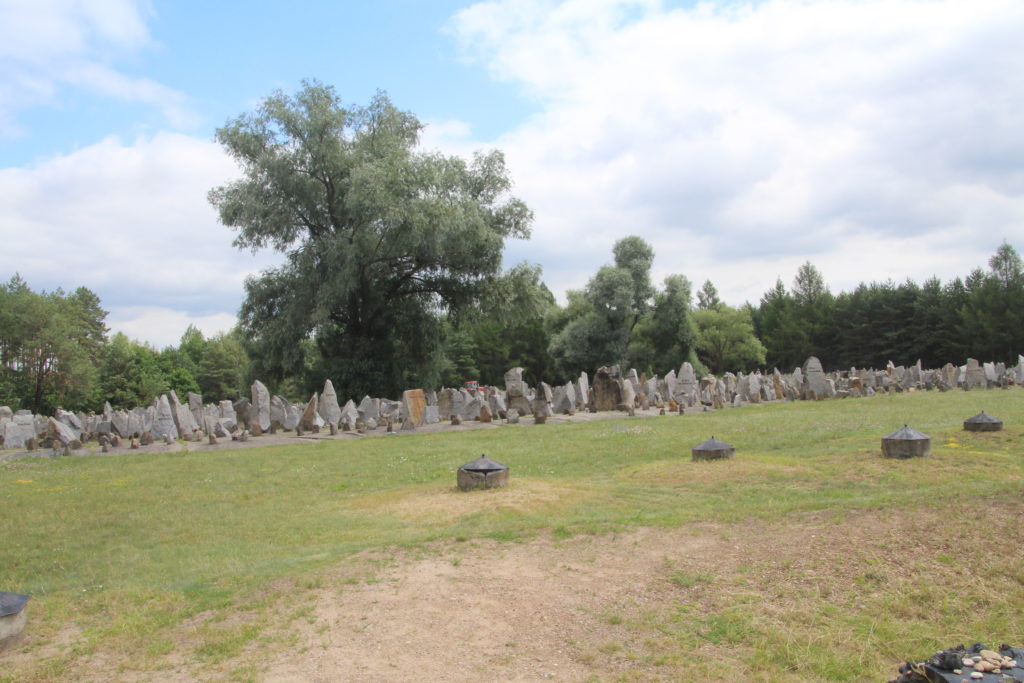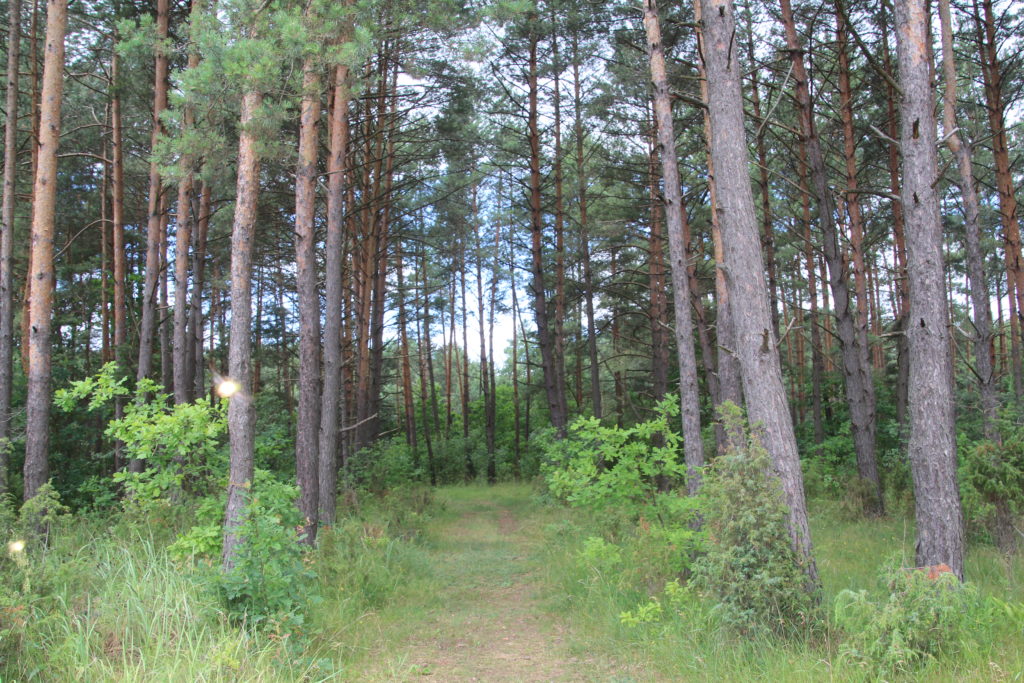This post may contain affiliate links. That means if you click and buy, I may make a commission at no cost to you. .
While most people have heard of Auschwitz, the largest extermination camp in the Nazi arsenal, many have not heard of another extermination camp known as Treblinka, located just over 100km from the capital city of Warsaw, Poland. It is often considered the forgotten camp because the Nazis dismantled it before the end of the war, but unequivocal evidence of atrocities remains, just buried underneath layers of sand, dirt, and ash.
I went on a learning journey, on assignment, so to speak, in order to bring back information for my classroom since my students would be reading a novel set in the Warsaw Ghetto during the Holocaust. I wanted to document my travels and create my own film that would serve as a virtual field trip. Here is what I discovered.
Linnie and I flew to Warsaw and spent the first day getting the lay of the land. More than 80% of the city was destroyed during WWII, but the Old Town, a UNESCO World Heritage site, had been rebuilt and restored to its original splendor.
On a mission to find remnants of the Warsaw Ghetto wall, we walked and walked. The Warsaw Ghetto was the largest ghetto in Europe, and its population swelled to nearly half a million Jews after it was built in the fall of 1940. Today, there are only several pieces of the wall left standing.
The following day, we hired a historian to take us on a private tour of Treblinka, one of the six Nazi extermination camps built in Poland and the one where the Warsaw Ghetto Jews were sent. The ghetto served as a temporary holding tank until Treblinka opened in the summer of 1942, and the selections began immediately. The ghetto inhabitants were crowded into cattle cars and taken by rail to the camp that disguised itself as a transit camp; Jews were told they were being resettled in the East. The Nazis even built a fake train depot with a bogus clock and had an orchestra play as the cars were unloaded, just to keep up the ruse and avoid panic.
The small museum is a treasure trove of information and artifacts discovered.

gas chamber tiles 
personal items 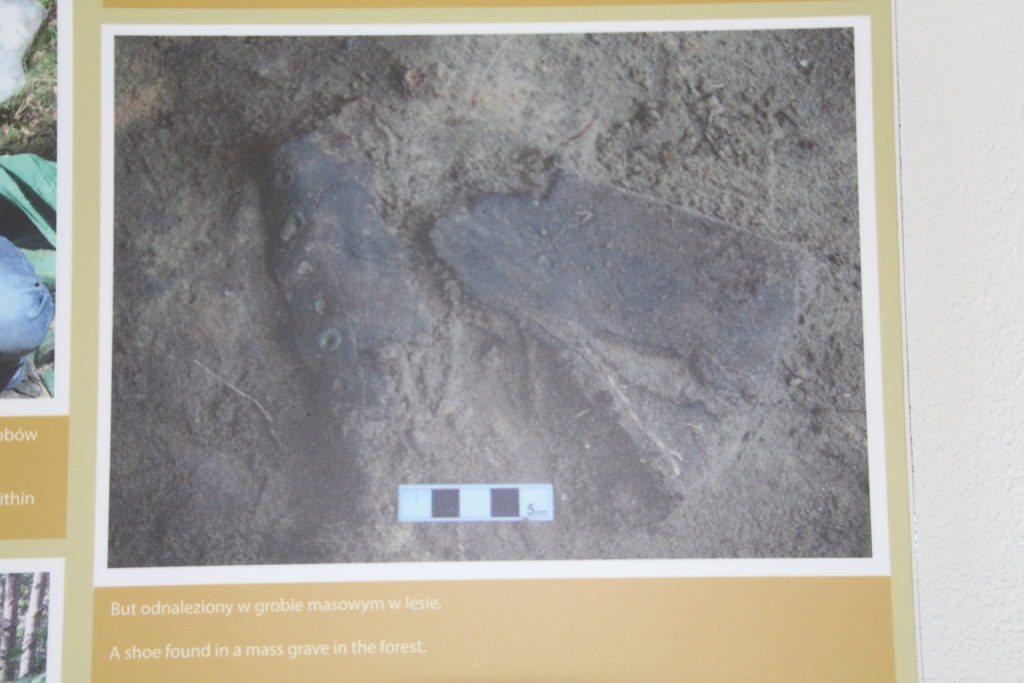
By the end of 1943, it is estimated that over 850,000 Jews, along with an undetermined number of Poles and Roma (Gypsies), had been systematically murdered in the two gas chambers and buried first in mass graves and later unearthed and cremated on enormous open-air pyres.
For years after the war, it was assumed the Nazis razed the camp and destroyed all evidence, but in 2007, forensic archeologist Caroline Sturdy Coles began investigating, and her team unearthed gas chamber tiles, clothing items, personal effects, and bone fragments. Her findings became the subject of a documentary entitled Treblinka: Hitler’s Killing Machine.
Treblinka was a more emotional journey for me than visiting Auschwitz– maybe because there are no buildings to see or gas chambers to view. There is a heaviness there, an eerie silence, and an overwhelming sense of loss. The entire location is a burial ground for almost one million people who died at the hands of others. It inspires reflection and contemplation on kindness and man’s inhumanity to his fellow man. It is an important place to visit for everyone, everywhere.
Make sure to book a private tour if you should visit Treblinka in order to learn from an expert.

